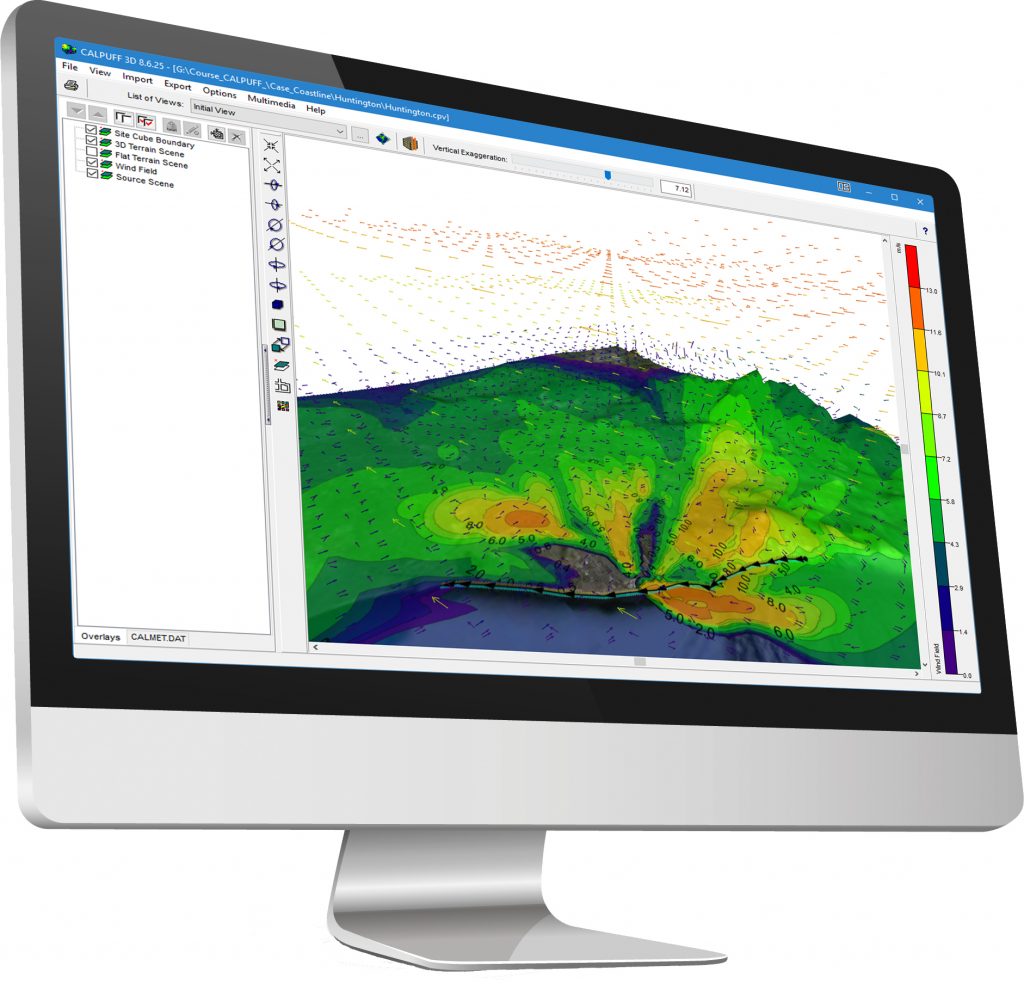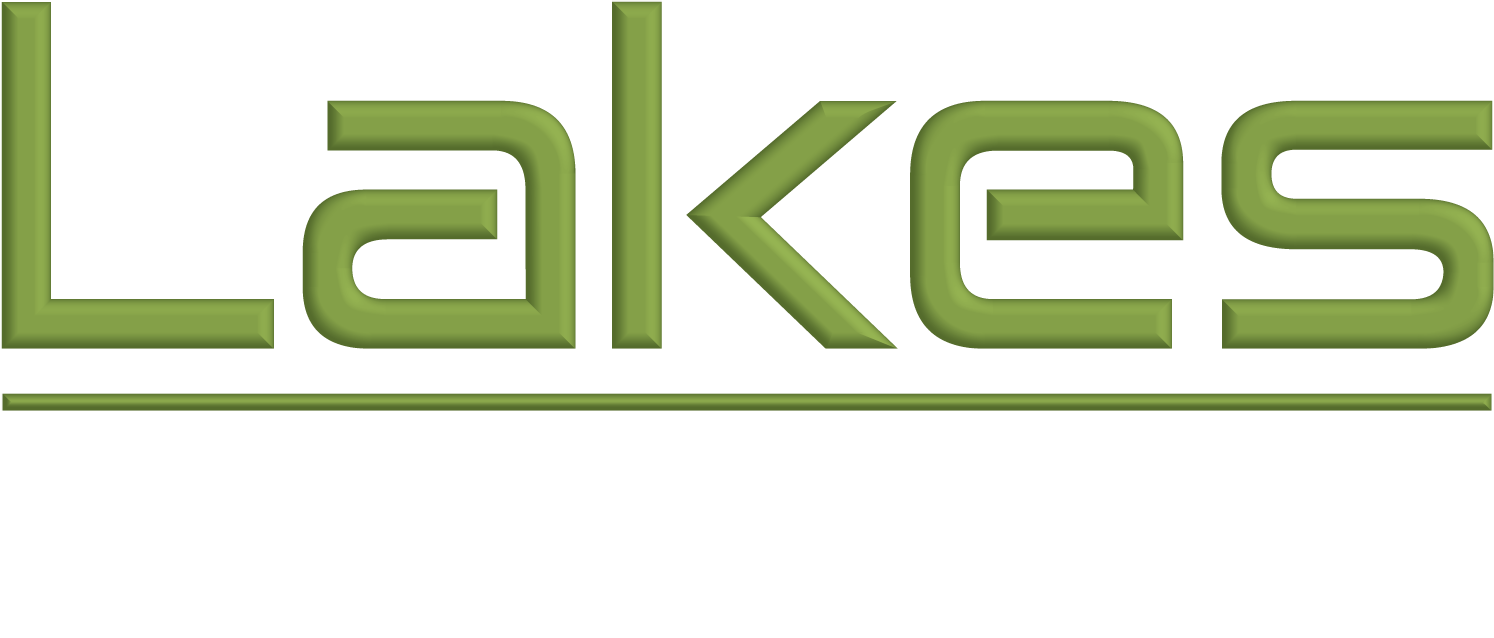CALPUFF View
Puff Air Dispersion Model
OVERVIEW
CALPUFF View provides a complete graphical solution for the CALPUFF modeling system: CALPUFF, CALMET, CALPOST, and their related pre- and post-processors. All three modeling systems are supported by the interface:
CALPUFF View includes powerful and independent QA tools, stunning report-ready results, and a wide range of visualization options.
CALPUFF is a sophisticated model and is used in many modeling scenarios including:
About CALPUFF
CALPUFF is a multi-layer, multi-species non-steady-state puff dispersion model which simulates the effects of time-and space-varying meteorological conditions on pollution transport, transformation, and removal. The CALPUFF modeling system includes:



